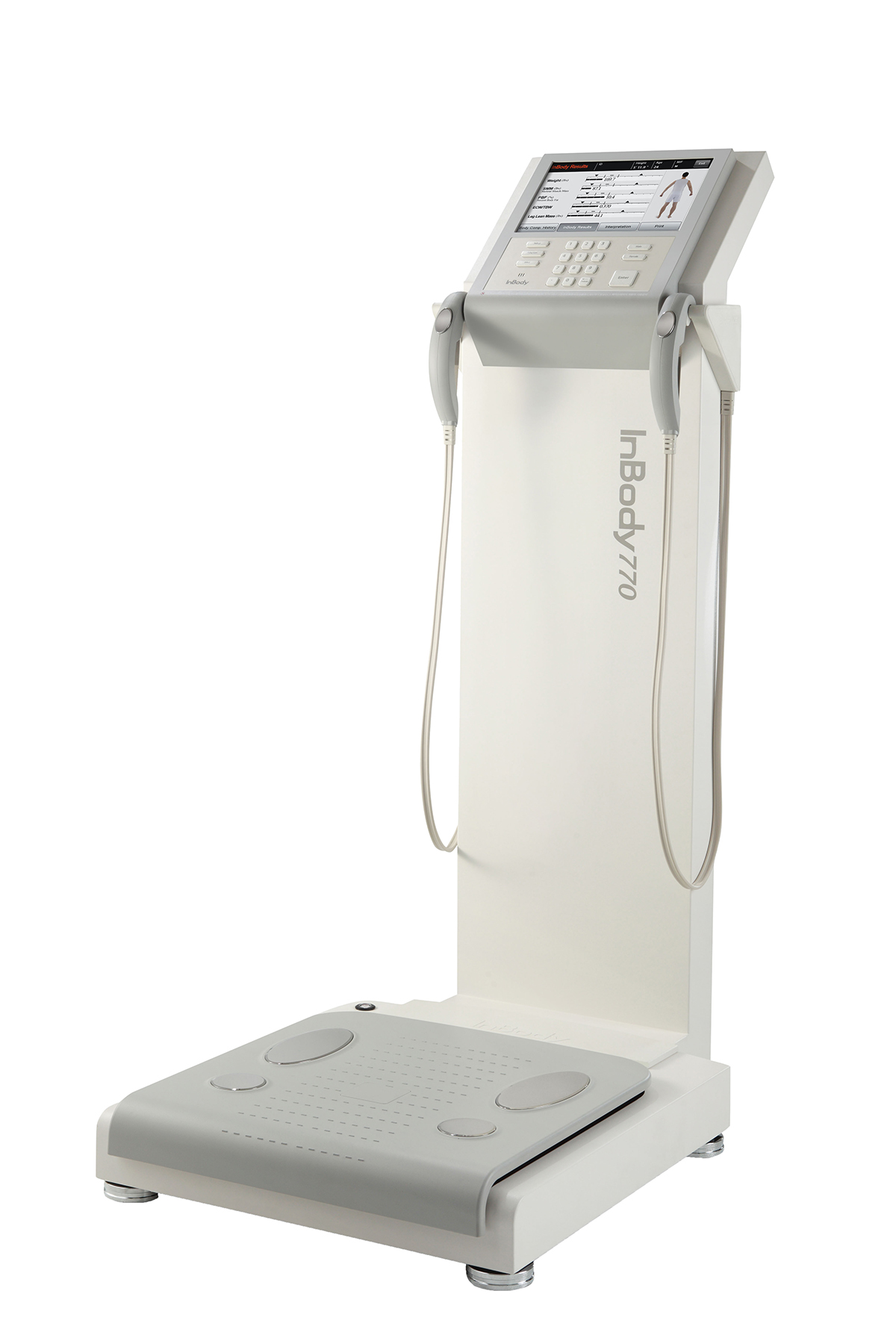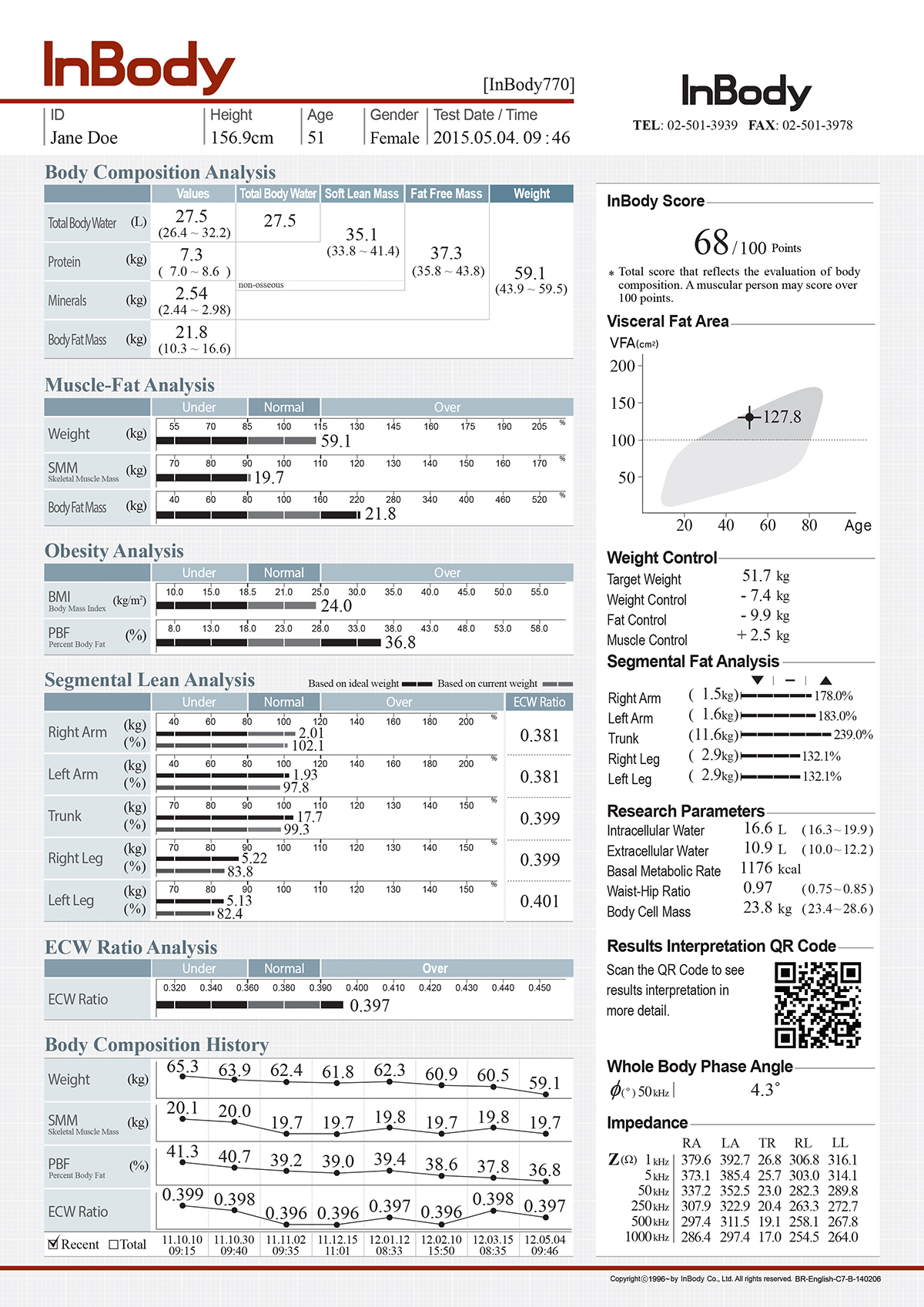Rami Lee, Director of InBody Europe, details why body composition analysis is an effective tool for diabetes programmes
A widely known but often misunderstood disease is steadily overtaking an increasing portion of the UK population. In England and Wales, 500 people living with diabetes die prematurely every week, and many of these deaths are being caused by avoidable complications.
Many are already aware of the connection between high-fat mass and diabetes, however, more recently, researchers have begun to focus on another aspect of body composition as it relates to diabetes risk: muscle mass. Many studies have shown strong links between Type 2 diabetes (T2D) and body composition. Quantification of muscle, fluid balance and fat mass by region provides a more in-depth view of body composition and allows for better diagnosis of diabetes risk and guidance of treatment options.
How can we measure body composition?
Studies have shown InBody DSM-BIA body composition analysers are an effective tool for managing patients’ diabetic risks and symptoms. InBody products do not rely on empirical data, therefore, medical professionals can be certain the outputs generated by the device accurately reflect changes happening in the patient.
In less than 60 seconds, an InBody Test provides a comprehensive Result Sheet to help professionals:
- Obtain objective measurements of muscle, fat, and visceral fat to assess disease risk and obesity.
- Monitor outcomes of interventions aimed to improve glycaemic control and prevent worsening of complications related to diabetes.
- Detect fluid imbalances resulting from inflammation.
Muscle-fat and segmental lean analysis
Monitor muscle and fat distribution
Diabetes is often associated with excess fat, however, having insufficient muscle mass is just as detrimental and increases diabetes risk. Leg muscles are the largest muscle group in the body and, therefore, serve as a driver for glucose uptake; low leg muscle mass is associated with increased risk of insulin resistance.
With InBody, medical professionals can assess and monitor a patient’s composition of muscle and fat. Outputs such as Segmental Lean Mass and Leg Lean Mass provide deeper insight into the composition of leg muscle, as well as the storage of fat across the body. By monitoring these factors and setting specific treatment programmes to address the patient’s unique physiology, physicians and educators can track the progress and success of treatments and interventions. Patients with diabetes tend to lose muscle mass. This loss in muscle mass tends to increase with the duration of diabetes, thus leading to the development of other conditions, including sarcopenia. InBody provides a skeletal muscle mass index (SMI) output that allows for the monitoring of skeletal muscle mass to help prevent or identify sarcopenia.
Segmental ECW/TBW water analysis
Monitor fluid accumulation in each body segment
Systemic inflammation caused by excess visceral fat and inflammatory hormones increases fluid retention and a patient’s risk of developing comorbidities, such as cardiovascular and renal disease. Direct and objective measures of body water can increase the detection of water retention and reduce the risk of secondary health conditions linked to diabetes.
By using InBody, medical professionals can track whole body ECW/TBW, a marker of inflammation and fluid imbalance, through the direct measurement of extracellular and total body water. Monitoring the Edema Index (ECW/TBW) provides an assessment of fluid accumulation in the extracellular space resulting from compromised cardiovascular function.
These measures are provided for the whole body as well as ratios specific to each segment: the arms, legs and trunk. It is used to identify where fluid imbalances may be occurring, therefore, allowing for more precise analysis and an earlier indication of truncal or leg edema. This supports medical professionals to develop more effective fluid management strategies to improve patient outcomes.
Body composition history
Track changes in muscle, fat, and fluid balance to chart progress
Diabetes can be prevented or reversed by making healthy-focused behavioural and lifestyle changes. However, health professionals often have a hard time keeping patients engaged in a diet and exercise regimen. With a comprehensive body composition report, InBody devices show patients the changes that ordinary weight scales are incapable of showing and provide an educational outline to start a discussion towards a lifestyle change. In addition, patients and providers can use the Body Composition History section to chart their progress throughout interventions and adjust for optimal results and health outcomes. Therefore, the InBody (body composition analysis) is an effective tool for diabetes programmes.
InBody is a worldwide leader in body composition technology. If you want to test this effective tool, please contact us at www.inbody.com .
Please note: This is a commercial profile













